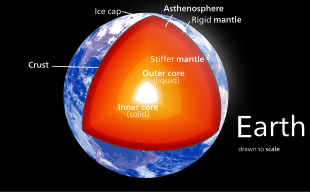We Never Know
No Slack
@Polymath257 . thought this might interest you.
Researchers Measure Atom With Half-Life of 18 Sextillion Years
from the first-time-ever dept.
A detector designed to hunt for dark matter has succeeded in detecting one of the rarest particle interactions in the universe. "According to a new study published today in the journal Nature, the team of more than 100 researchers measured, for the first time ever, the decay of a xenon-124 atom into a tellurium 124 atom through an extremely rare process called two-neutrino double electron capture," reports Live Science. "This type of radioactive decay occurs when an atom's nucleus absorbs two electrons from its outer electron shell simultaneously, thereby releasing a double dose of the ghostly particles called neutrinos."
Read more at....
Slashdot
Researchers Measure Atom With Half-Life of 18 Sextillion Years
from the first-time-ever dept.
A detector designed to hunt for dark matter has succeeded in detecting one of the rarest particle interactions in the universe. "According to a new study published today in the journal Nature, the team of more than 100 researchers measured, for the first time ever, the decay of a xenon-124 atom into a tellurium 124 atom through an extremely rare process called two-neutrino double electron capture," reports Live Science. "This type of radioactive decay occurs when an atom's nucleus absorbs two electrons from its outer electron shell simultaneously, thereby releasing a double dose of the ghostly particles called neutrinos."
Read more at....
Slashdot

